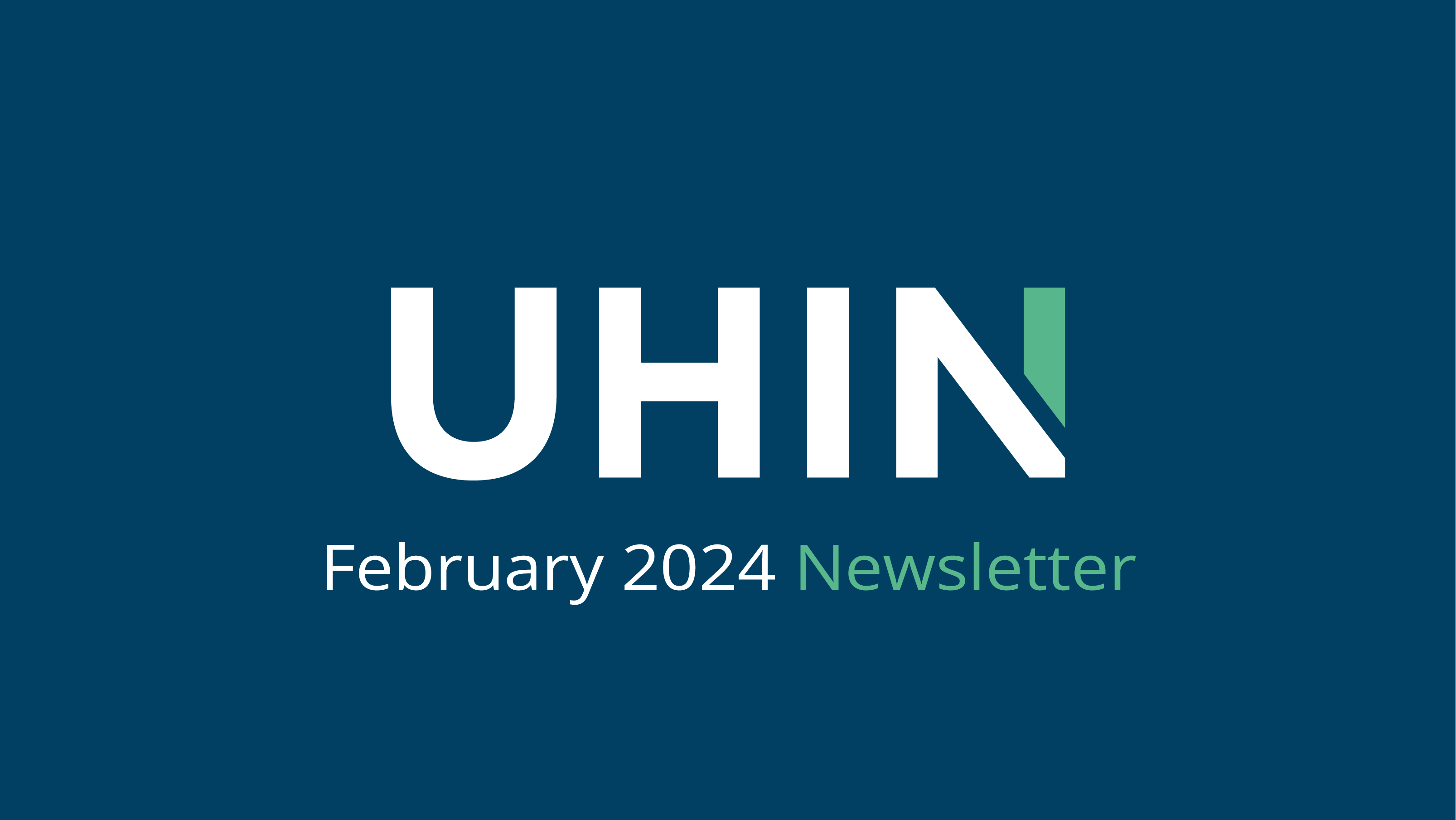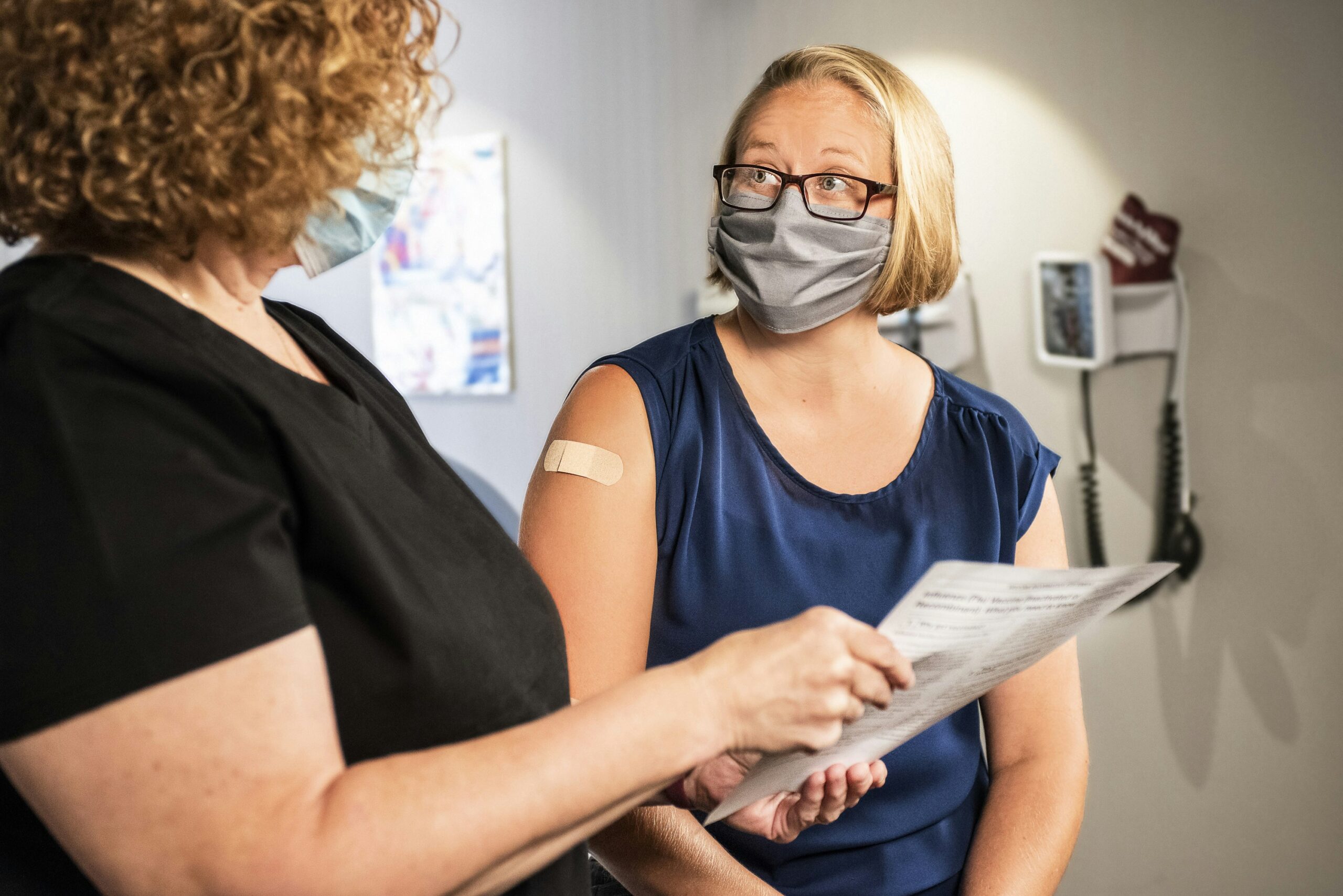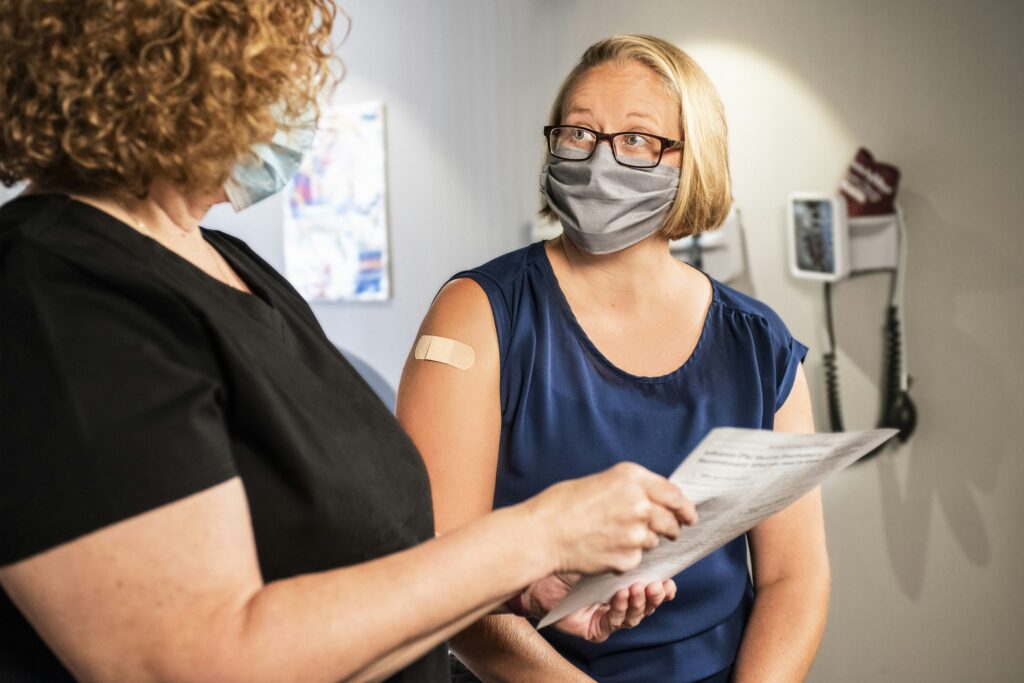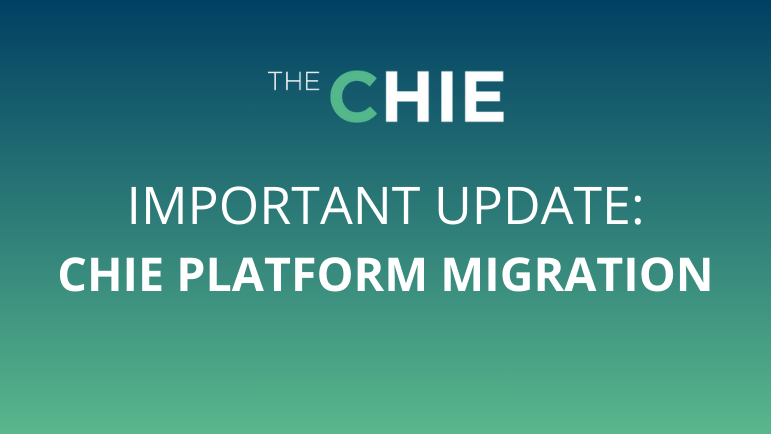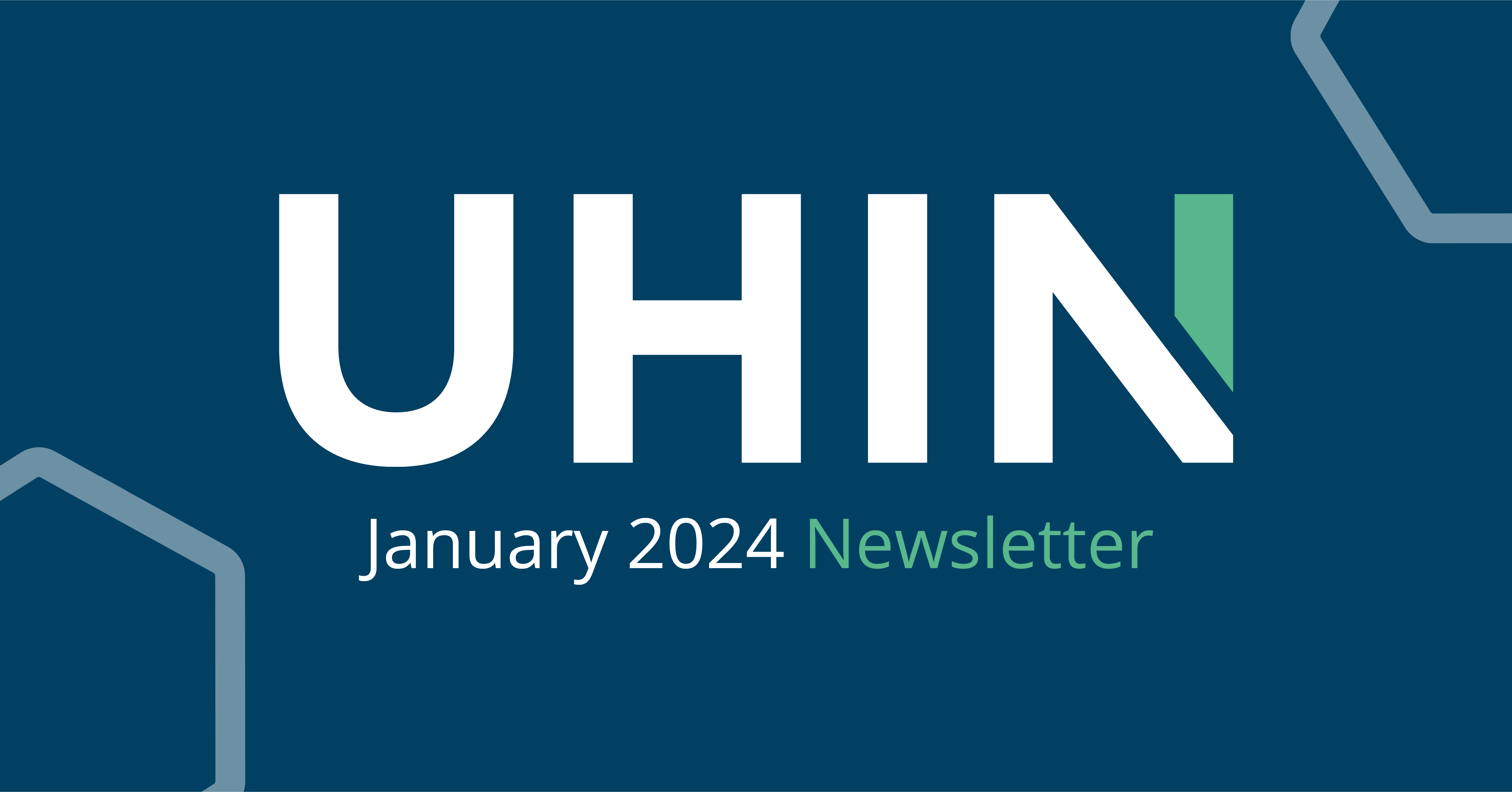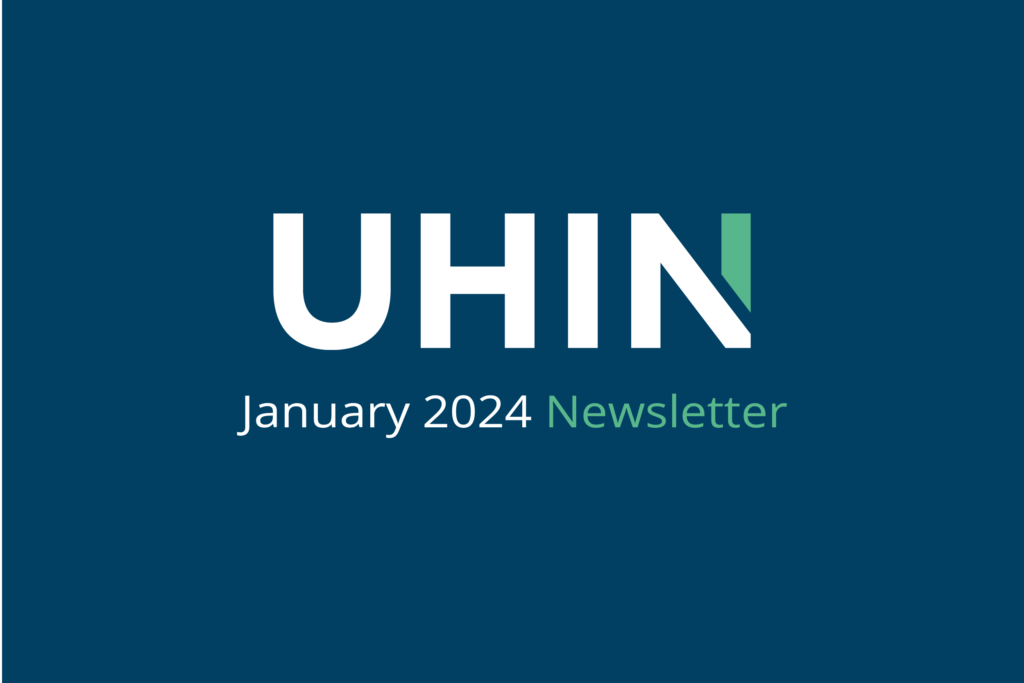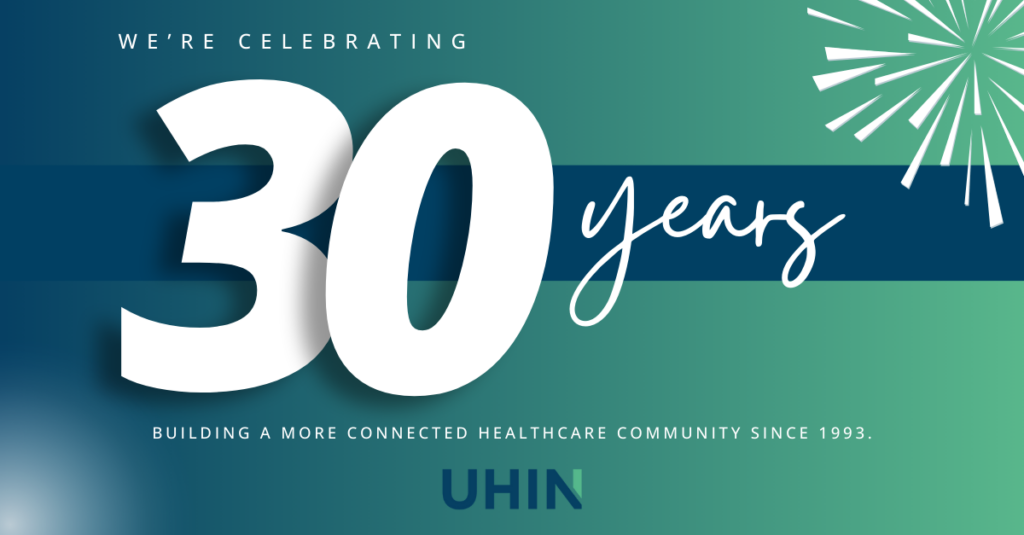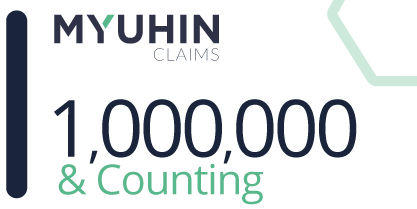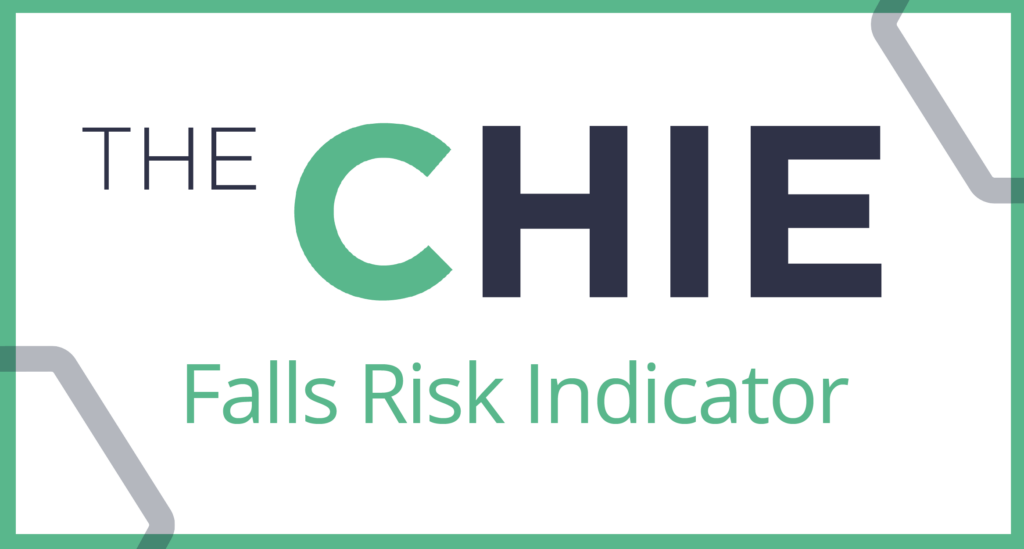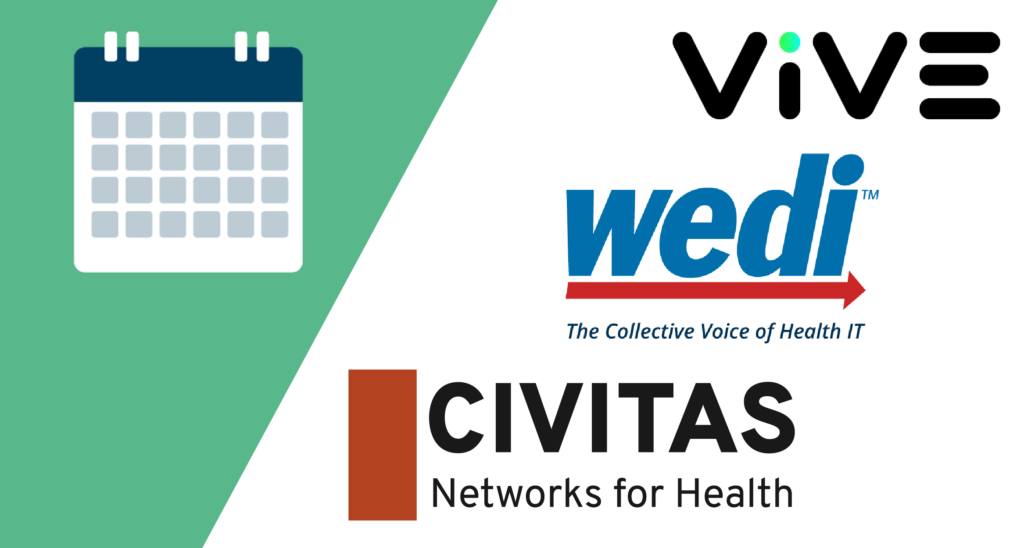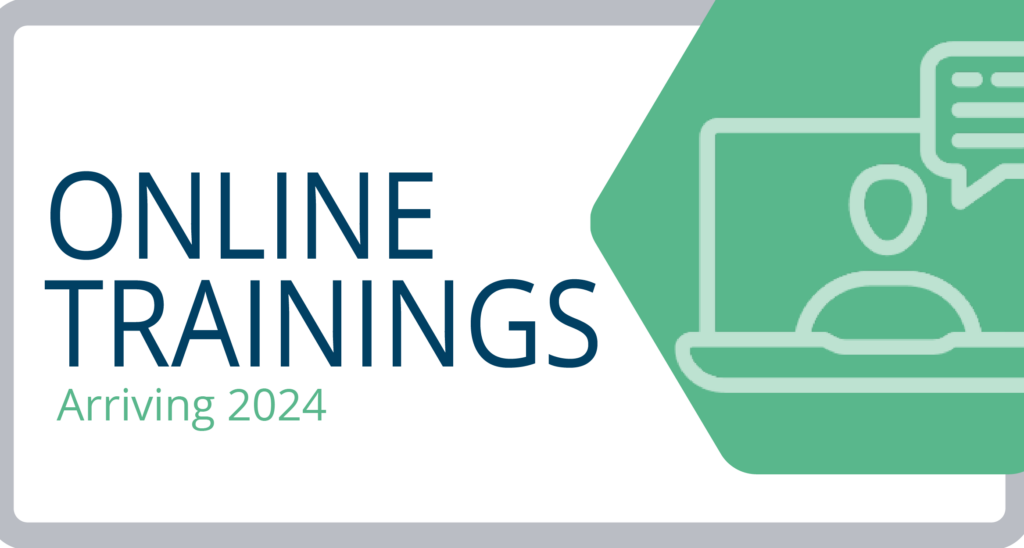
February 2024
Thanks for spending this extra day going around the sun with us. In February, we dove into the 2023 CAQH Index Report and prepared for the CHIE’s migration to a new platform.
One more thing: For our providers experiencing disruptions in their claims management due to the Change cyberattack, we’re here to help. Please contact us to fast track your enrollment with payers at customersuccess@uhin.org.
Spotlight
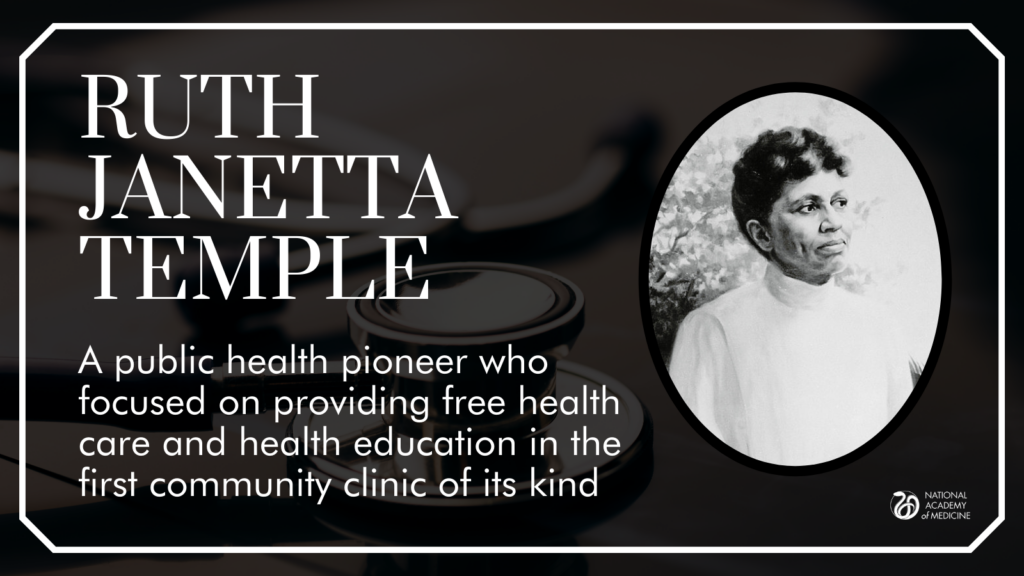

Black History Month and American Heart Month
In February we recognized Black History Month and American Heart Month. Here are just a couple ways to support and celebrate these causes throughout the entire year:
For health care professionals and clinicians, use the resources in the Center for Disease Control (CDC) heart toolkit to support their patients, especially women, by listening to their heart.
In Utah? Dive into Utah’s rich black history at the Utah Black History Museum! Find the mobile exhibit across Utah this year or consider donating.
HIT News
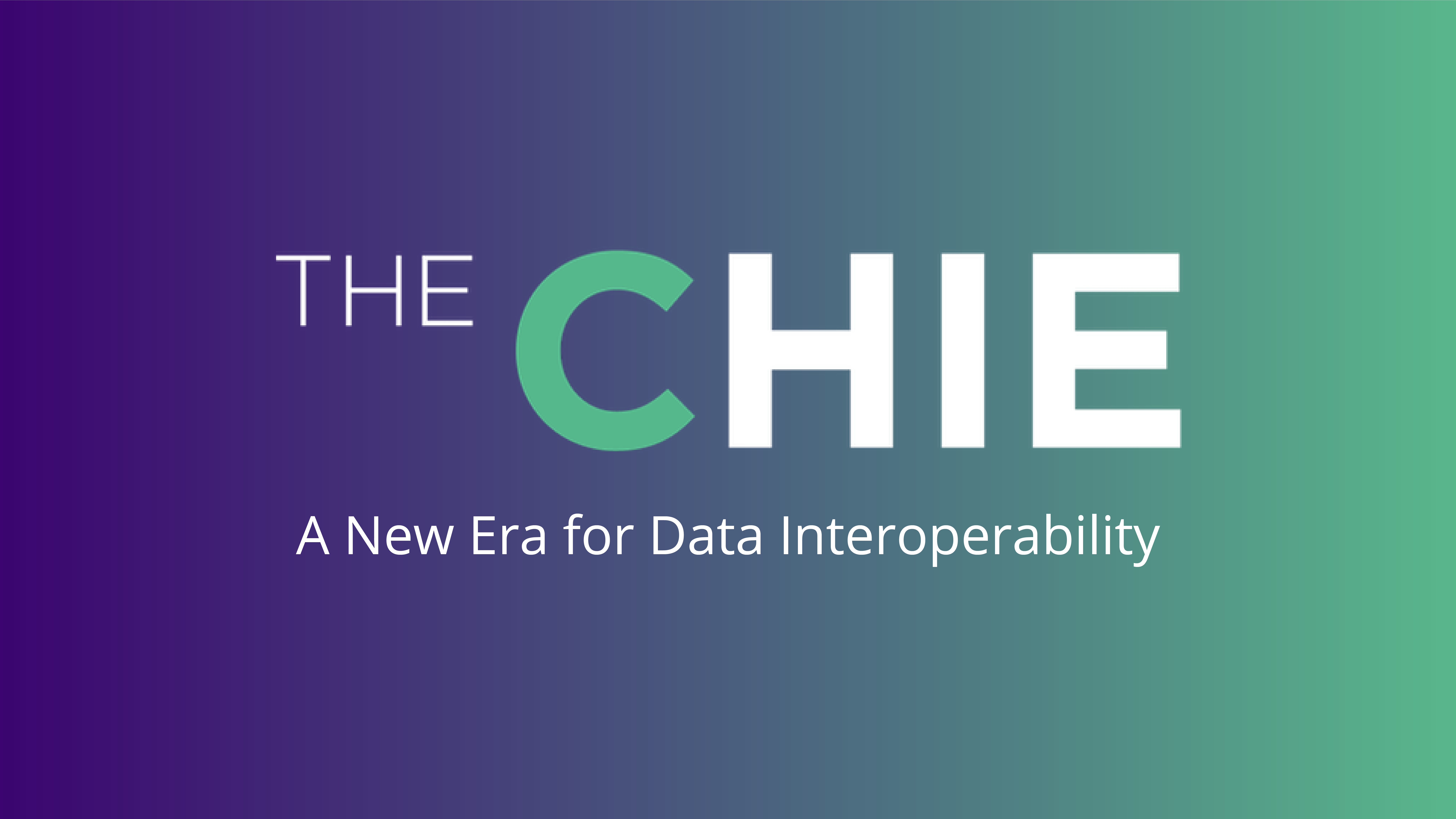
The CHIE is Moving to a New Platform!
The new platform empowers CHIE users to better understand patient populations, provide greater care, reduce waste while improving quality, and pinpoint at-risk patients to intervene before their next encounter.
After consulting with our community’s advisory committee, we will be migrating five years of data with the exception of opt out consents, immunizations, allergies, and colonoscopies for which a longer history will be migrated.
Technical implementation is currently underway and we anticipate user migrations will start in Q2 of 2024. We will keep all CHIE users informed of our progress via email.
From the UHIN Blog
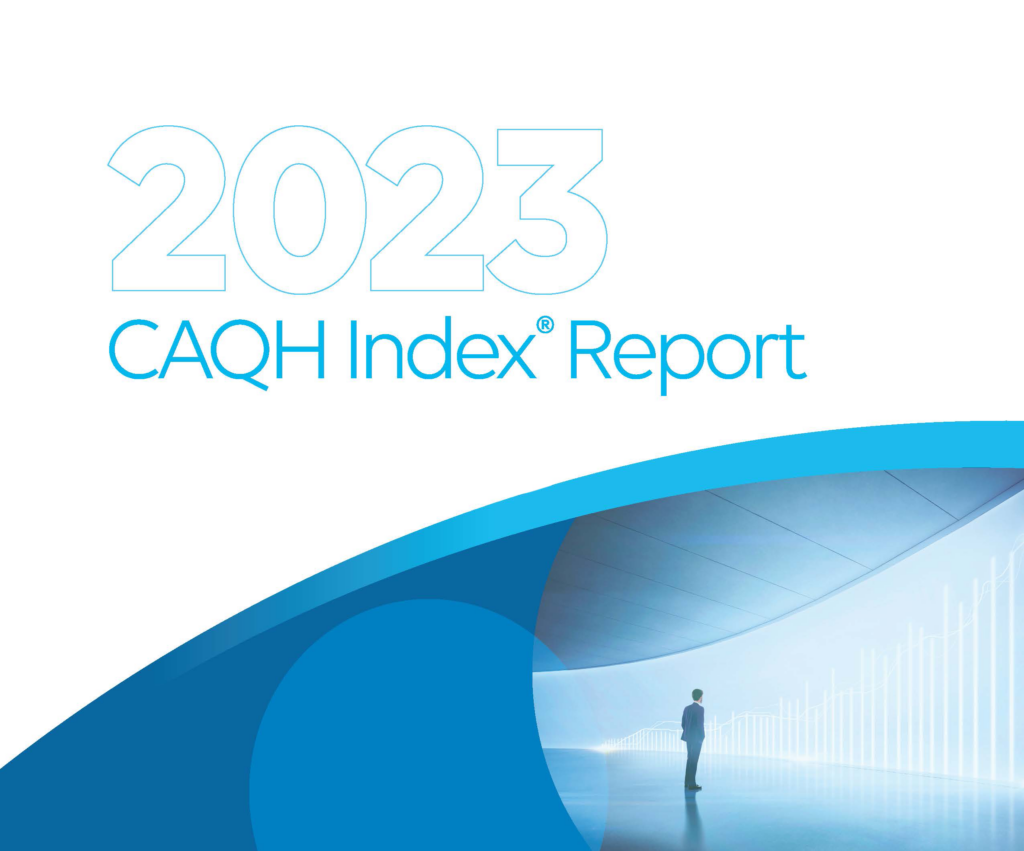
Our Take on the CAQH Index Report
We published two blog posts sharing our thoughts on the most recent CAQH Index released earlier this month. How did electronic transaction adoption and healthcare administration change in 2023 for both providers and payers? Keep reading to find out.
Events

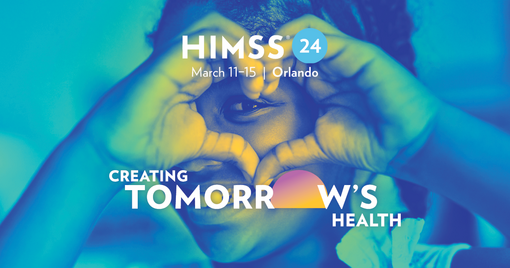
ViVE and HIMSS
Our CEO, Brian Chin, recently attended ViVe 2024. Artificial Intelligence was a hot topic this year, as you may have expected. Check out a few photos from the conference here.
Are you going to HIMSS 2024? Let us know what you’re most excited to see while in Orlando next month at communications@uhin.org.
Trainings and Webinars
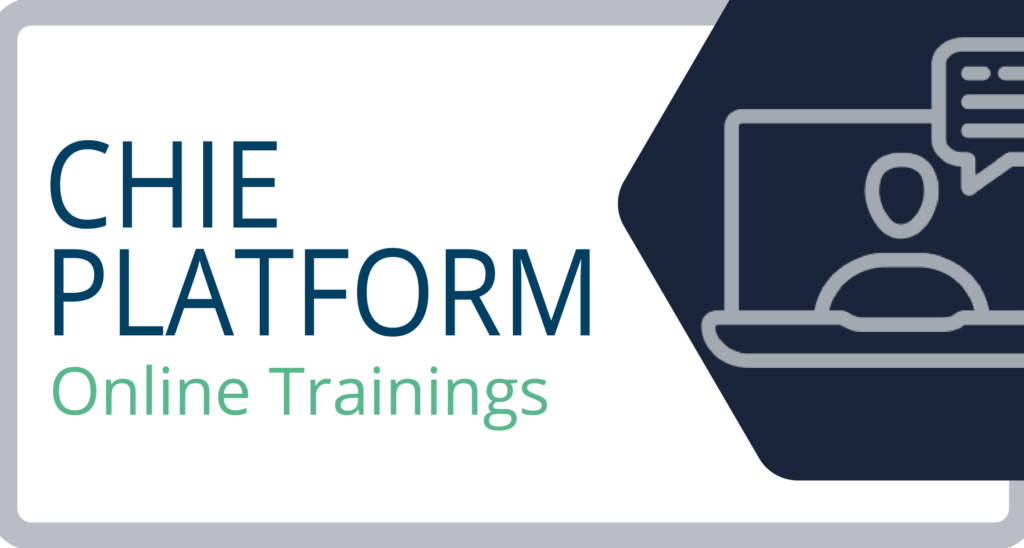
CHIE platform trainings
We have online trainings coming up for the new CHIE platform. Please sign up for CHIE updates and our Events notifications to add these to your calendar so you don’t miss a thing!
Wrapping Up
Share your story, plus looking ahead to March
Do you have something your peers in healthcare and tech just have to know about? An innovative interoperability solution or point of view? Please email us at communications@uhin.org and we’ll include links to our favorite community content each month.
Next month we’ll attend HIMSS 2024 and help to raise awareness of the risks and symptoms of diabetes on American Diabetes Alert Day (March 26).

